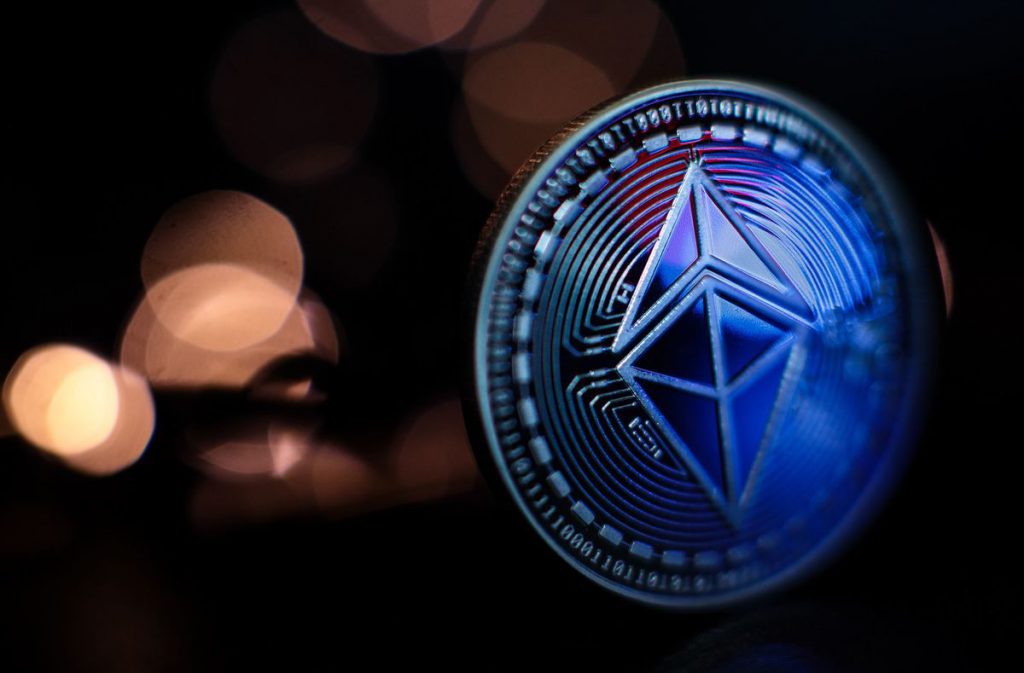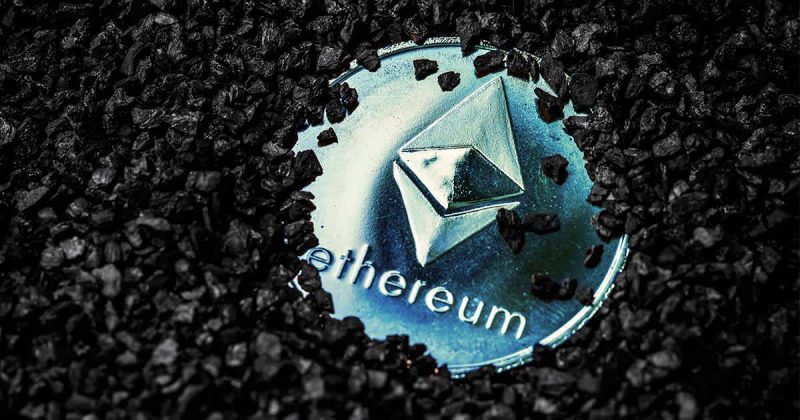The Ethereum network switched to the proof-of-stake model, ending the proof-of-work mining model. The much-awaited transition happened on September 15, 2022. The blockchain now uses 99.95% less energy than it did previously, ushering in a more environmentally friendly era in the blockchain space.
For quite some time, the long-awaited advancement has been in the works. The network was often chastised for its environmental impact. As a result of the merge, this is expected to change.
However, the network has been receiving concerns that it has become more centralized. Anthony Di Iorio, a co-founder of Ethereum, recently expressed concern during an interview about the potential for a small number of holders to have control over the ETH network. He stated that he did not currently believe proof-of stake to be a perfect system.


Is Ethereum more decentralized post-merge?
Post-merge speculation started surfacing about the network becoming more centralized than it was pre-transition. This is mainly due to the alarming possibility of large entities trying to control the network. The speculation was mainly due to the notion that large entities that take part in staking can control the network. Primarily, this is because of the volume of ETH staked by the entities.
However, a closer analysis reveals that these entities are composed of numerous operators. These independent operators are powerful enough to decide the fate of the chain.
As per the details from the Ethereum website, a whopping 15,623,993 ETH is staked at the time of writing. The number of validators currently stands at 461,238.

Even though the claims of a few large entities controlling the stake circulate, they encompass thousands of validators. So, it is basically impossible for a cult of validators or attackers to alter the fate of the network.
Some of the large validators include Lido Finance, Kraken, Coinbase, and Binance. However, the notable rise in the number of validators is a sign of a healthy network. It also acts as proof of increased participation by the validators. Nevertheless, the topic of the power of certain validators over others still pertains.





